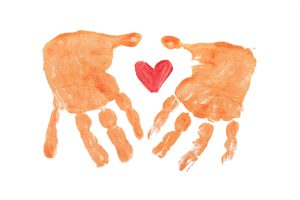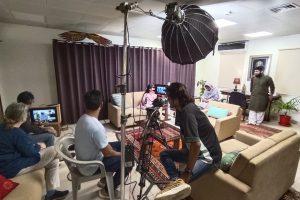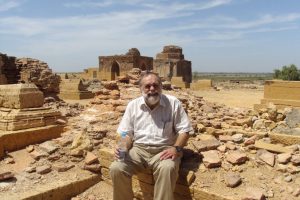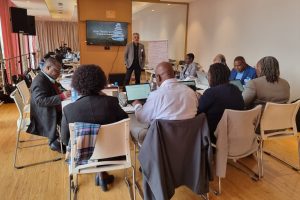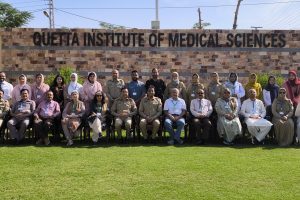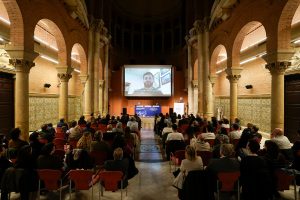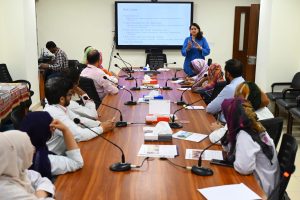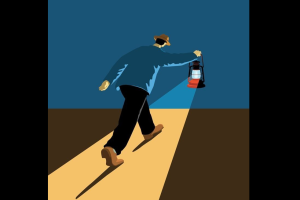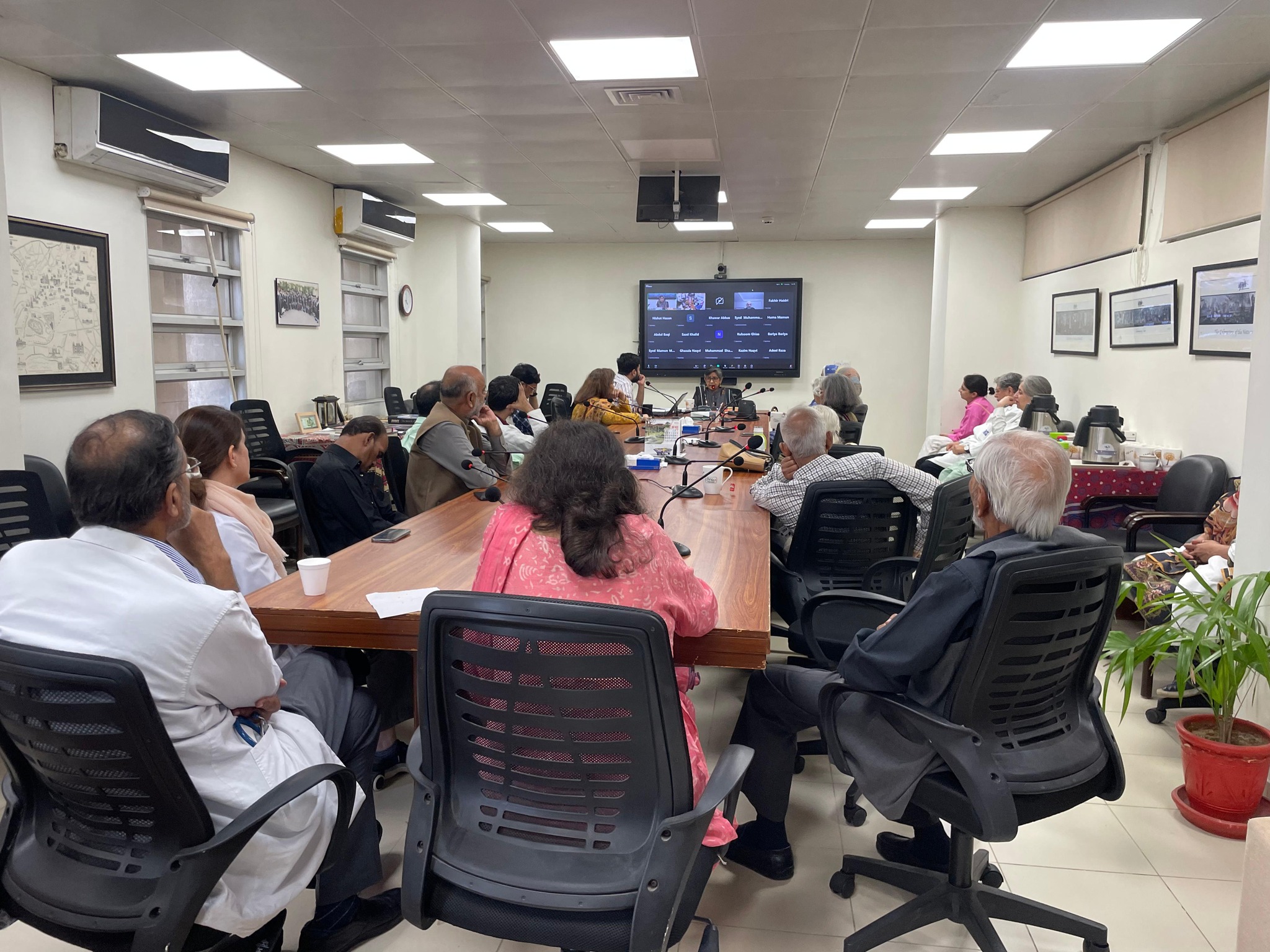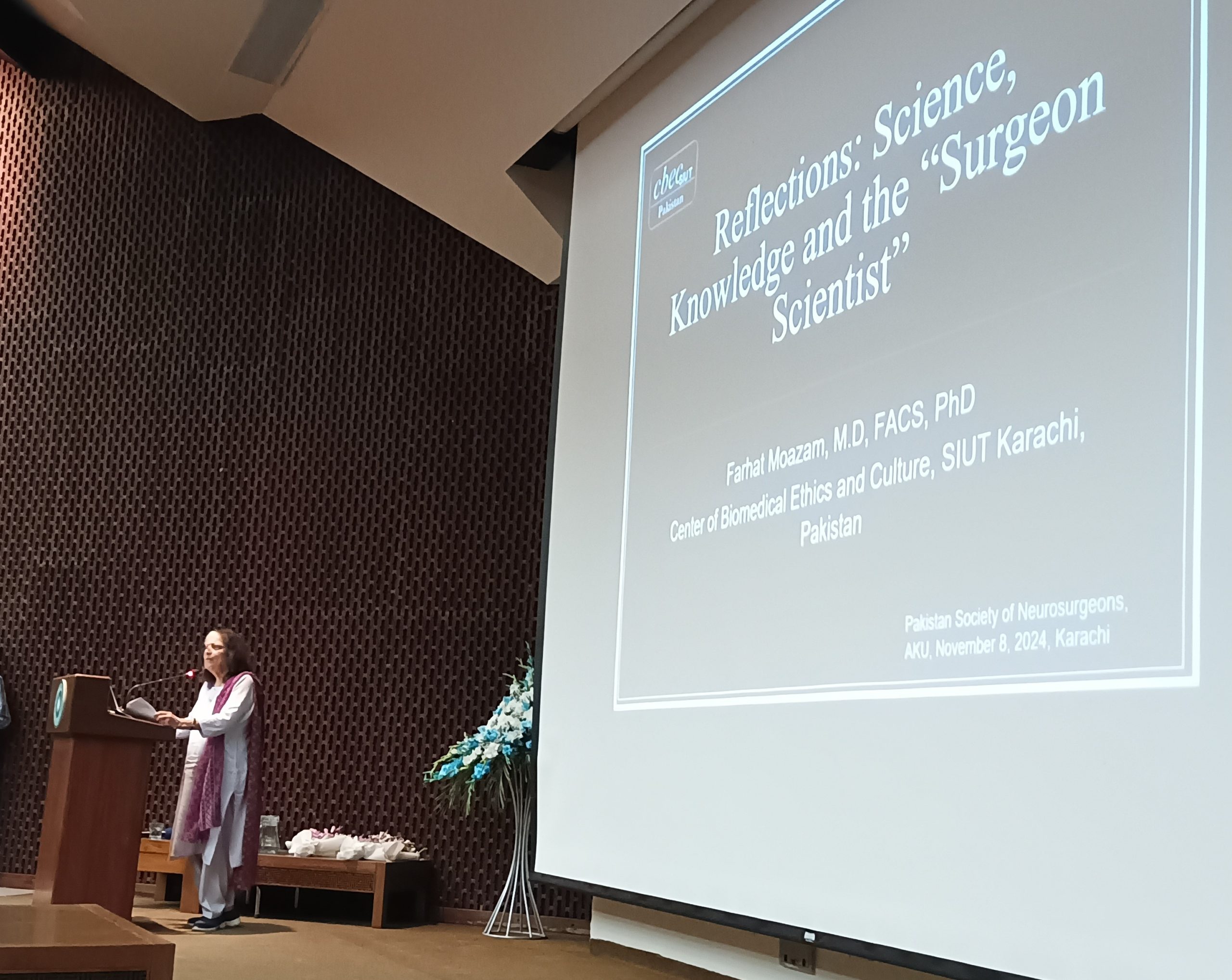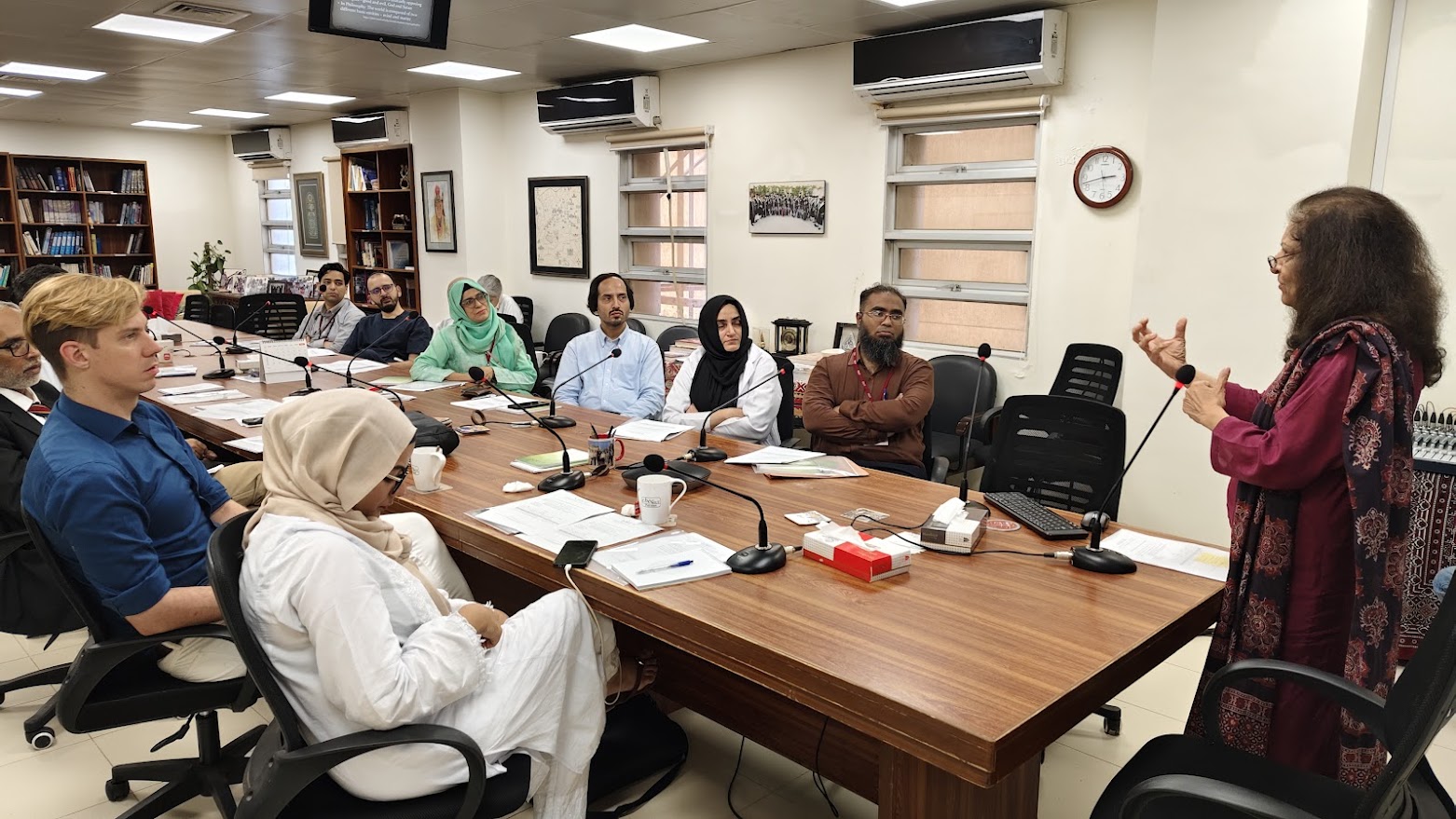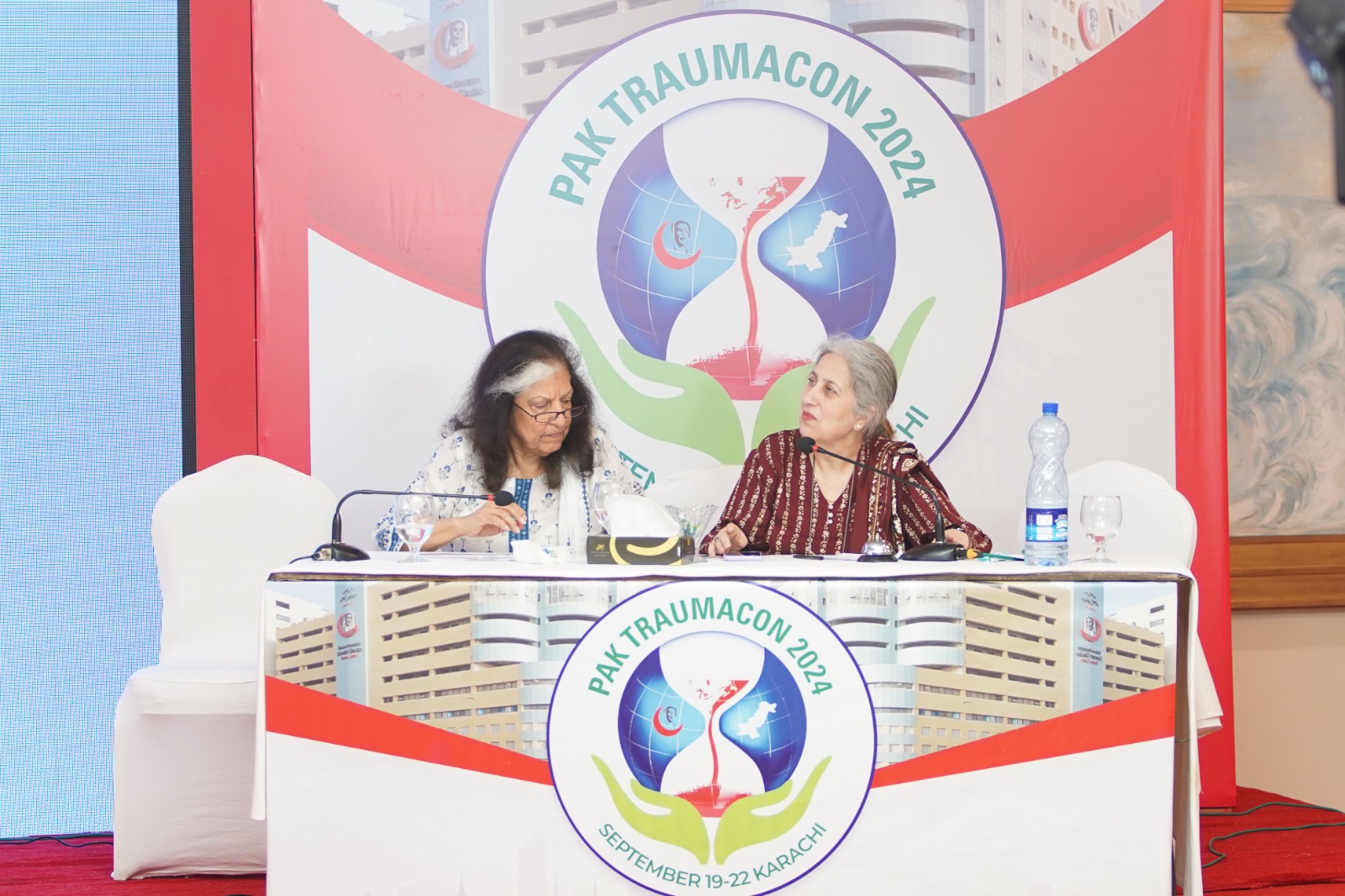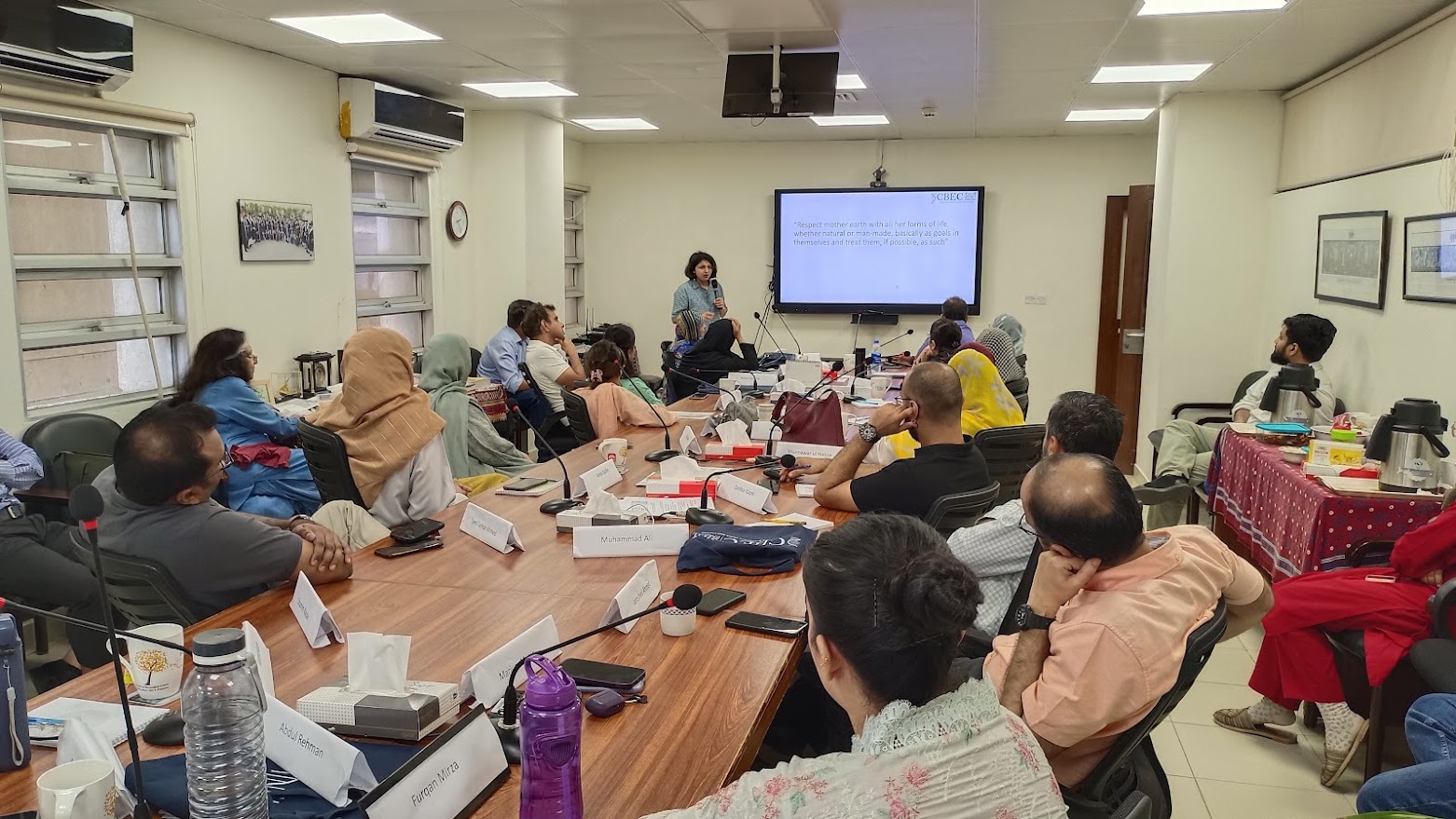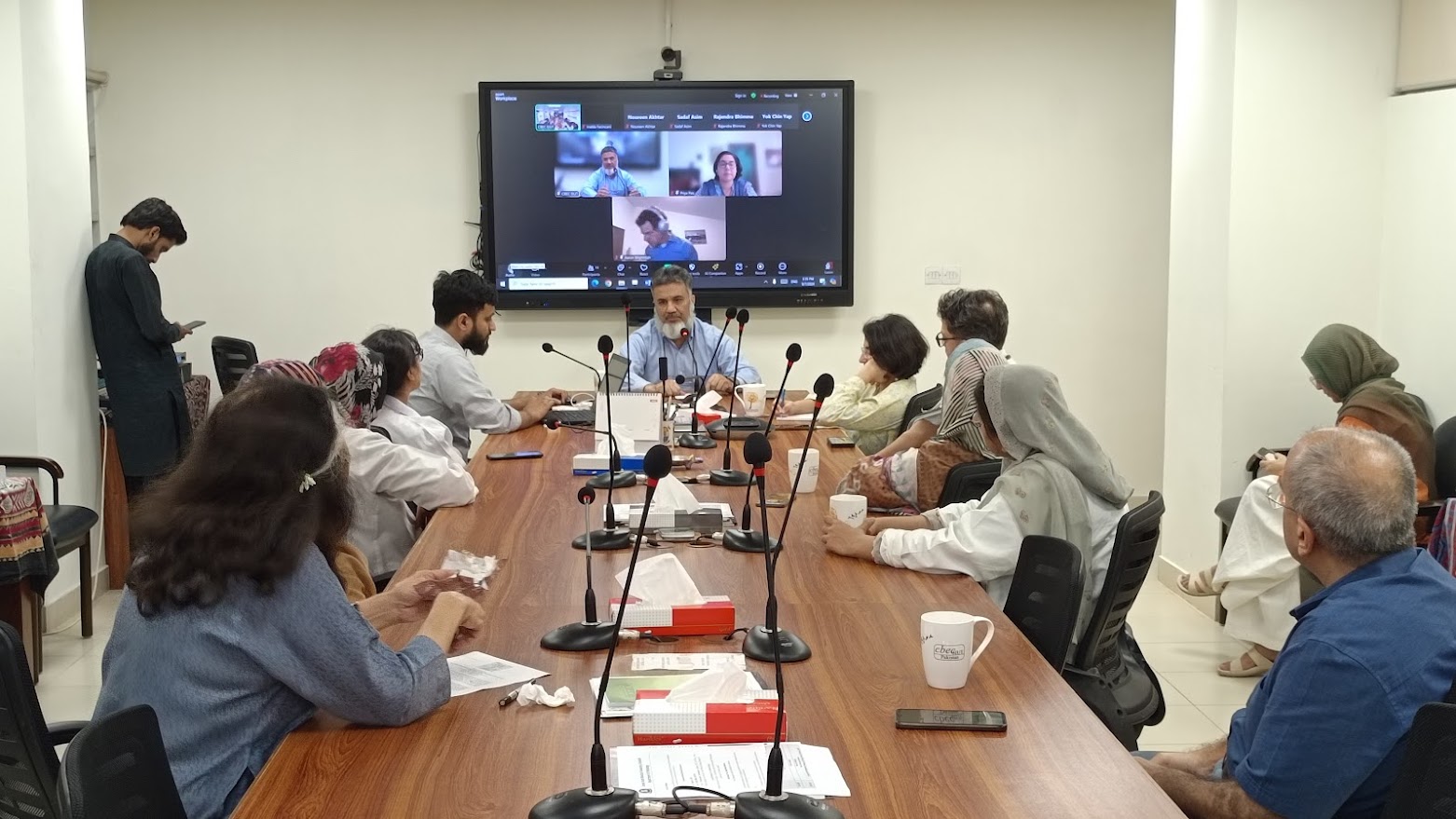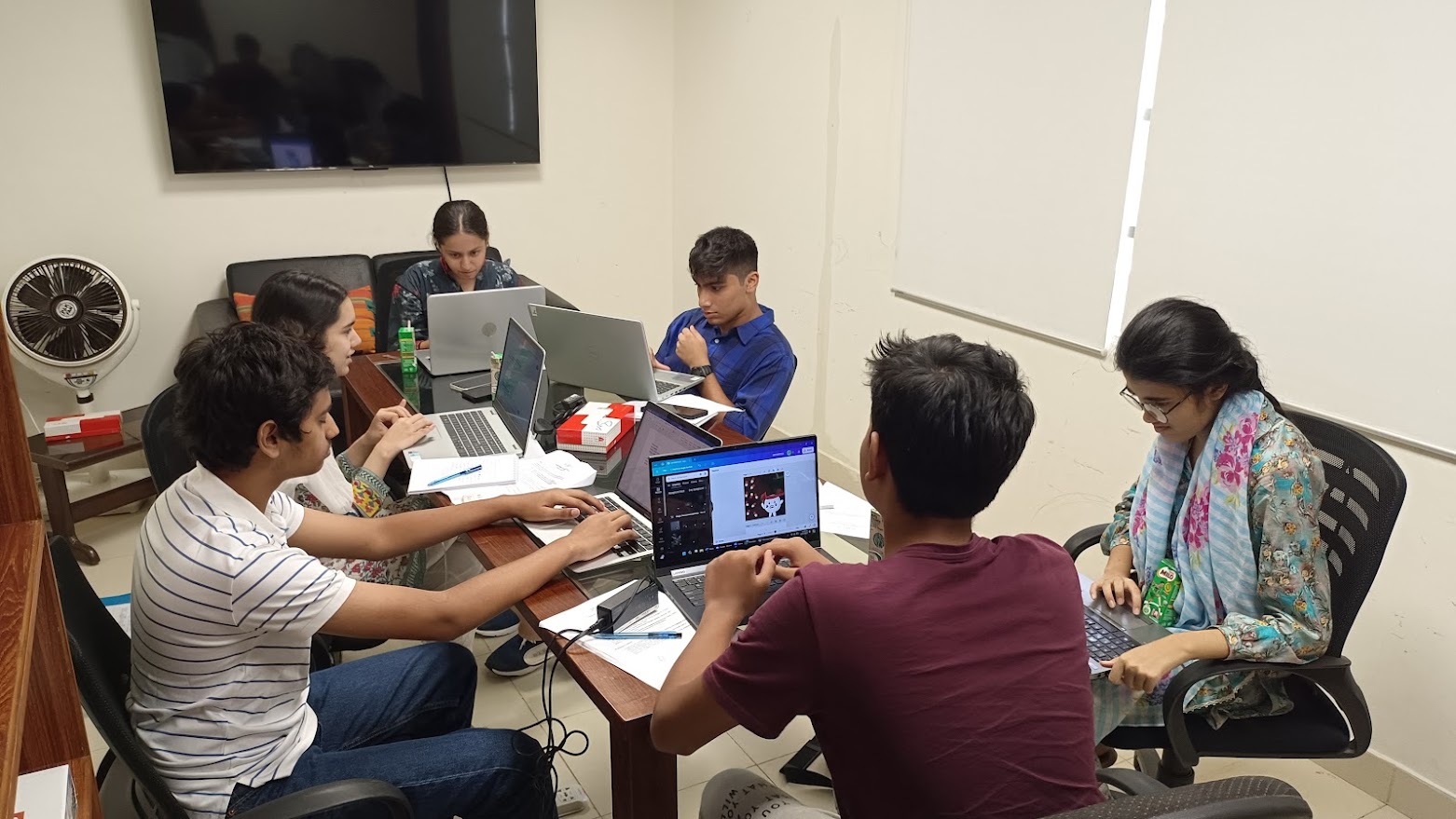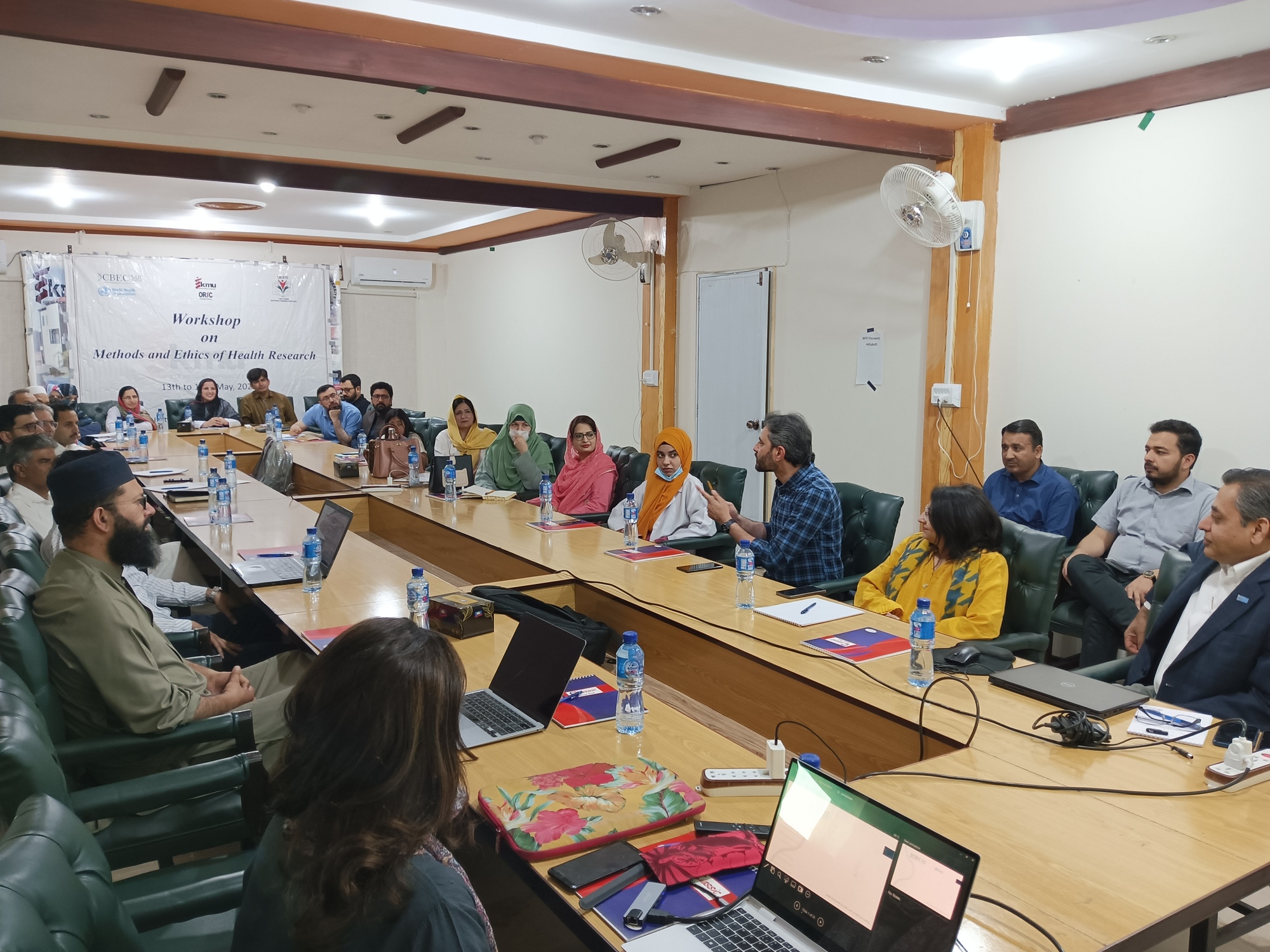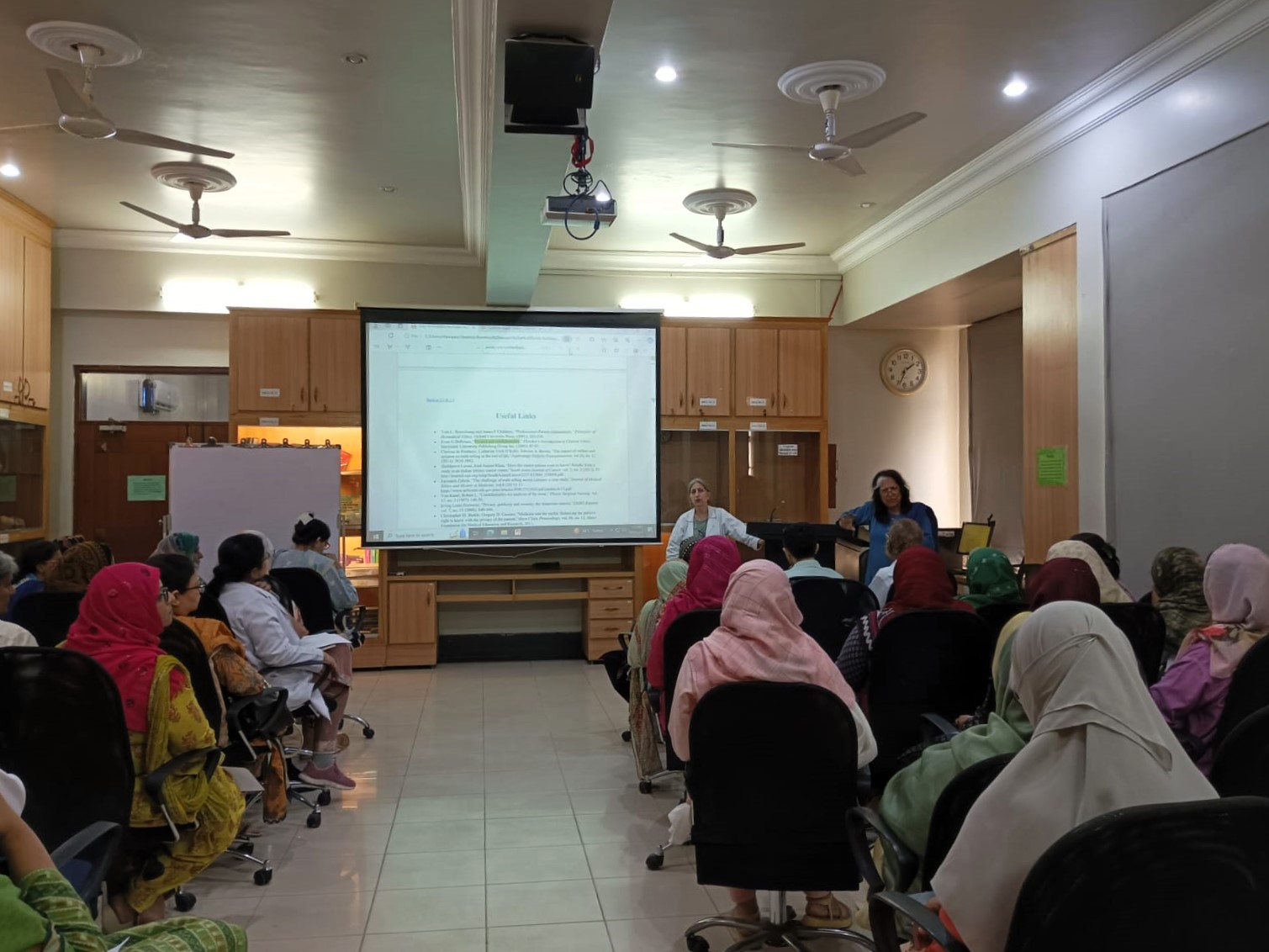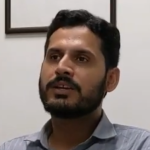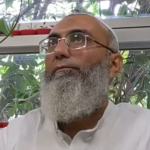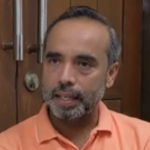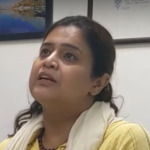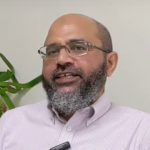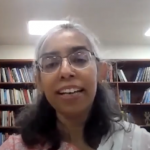The COVID-19 pandemic began in February 2020 in Karachi and within a couple of months, the disease had already occupied a large number of beds in ICUs. SIUT, the largest transplant center in Pakistan started a COVID OPD, ward, and intensive care facility for the public as part of the national effort to contain the first wave of COVID. At the same time, the hospital continued to provide care to its own patients.
This variant of COVID was new. The disease process was being understood slowly over time, and treatment was evolving. Most of the medicines being prescribed had not been tested before and were mainly given emergency approvals by drug regulators. But I want to bring up a very different aspect of COVID-19: family involvement in the COVID ICU. In the initial stages of the pandemic, allowing relatives into the COVID ICU was unimaginable. But this is exactly the strategy we adopted at SIUT.
At the start of the first wave of COVID, global standards of care included strict isolation of admitted patients to control disease transmission. COVID-19 guidelines from Pakistan’s Centers for Disease Control and Prevention (CDC) and the World Health Organization (WHO) discouraged the presence of family members, except in the case of paediatric patients. Families were not allowed to visit and the only way to see loved ones admitted with COVID was with a mobile phone. Even dead bodies were handled with great care and funeral gatherings were restricted. In the beginning, doctors were as afraid of COVID as everyone else in the community. We were wearing full-body gowns, masks, eye shields, goggles, foot covers, gloves – even respirators in some instances. We had to write our names on our dresses to identify each other. Attendants were strictly not allowed inside. Nurses were also afraid. And then came a time when nurses started getting COVID. Fear spread like wildfire, and nurses began opting out of ICU duties. Some demanded fewer working hours, and we had to negotiate their timings with them. At the same time, the number of patients was increasing.
A few attendants of our patients insisted on staying in the ICU, mainly wives, sisters and children. They wanted to stay with their loved ones for different reasons, the most important being cultural norms which made families duty bound to care for sick kin. Initially, we refused to let family members into the ICU but ultimately, after consultation between infectious disease physicians, intensivists, and the hospital administration, we decided to allow them in. Only family members who were young, healthy and not pregnant were allowed as attendants. In addition to other safety measures set in place, they had to wear complete personal protection equipment (PPE), just as the nurses were wearing.
The reason for this allowance was multifactorial. Families strongly wished to be with their sick relatives, but there was also a practical benefit because of the care family members could provide. Short of staff during peak COVID, we found the family helpful at the bedside. We found that pain, agitation and delirium – major concerns in the ICU – were best managed by involving family members. Mobilizing patients out of bed was also a task where the family was helpful. As time progressed and the fear decreased at all levels, we realized that the impact of family involvement in the COVID ICU was tremendous. We began to see miraculous improvement in patients’ outcomes.
One of the patients was Mrs. B, a young female from a poor socioeconomic status with a history of psychiatric illness. She came with severe COVID pneumonia, complicated by kidney failure. She received a few sessions of dialysis, but the pneumonia was severe. She underwent a tracheostomy procedure which developed complications. Later, she had massive gastrointestinal bleeding, for which she required surgery and endoscopies. She had severe infections and bedsores. Several times we gave up on her and thought she would not survive even 24 hours. But she did survive. What made her recover and leave the ICU alive was her older sister who cared for her as though she was her mother. She always knew what her sister wanted, and she tried her best to provide it to her.
Then there was Mr. S.A.H, a dialysis-dependent, older man with complicated vascular access. He developed COVID pneumonia and was put on a ventilator. One day, I saw his daughter standing beside him, not doing anything. I asked her why she was not helping her father get better. She took my message positively, and her healing touch made the difference. The father, who was on continuous infusions of different medicines to control delirium and agitation, entirely regained his senses in only three days. The next day he was discharged from the ICU, in his senses and talking.
We admitted Mr. H.A, a doctor who developed COVID pneumonia on top of an already bad chest. He remained on BiPAP, the noninvasive breathing support, for a long time. He developed clotting in his lung vessels and was ultimately oxygen dependent. Due to his chest wall deformity, he was not able to sleep on his belly which is the recommended position for COVID patients. His wife devotedly cared for him, day and night, finally stealing her living husband back from the ICU. He remained on oxygen for at least six months before getting back on his feet.
Three problems in the ICU are detrimental to the recovery of patients, independent of the primary illness: pain, agitation, and delirium. Our experience showed that family involvement in the COVID ICU helped with all three problems, helping patients get out of the ICU bed. The ICU is a jail from which patients must be liberated; the family has a definite role in this.



